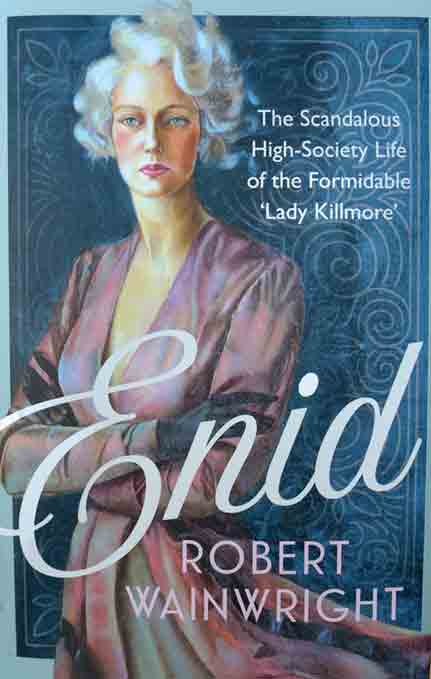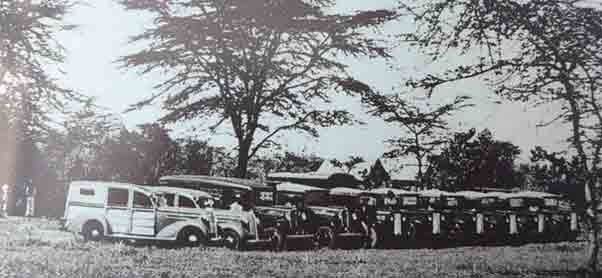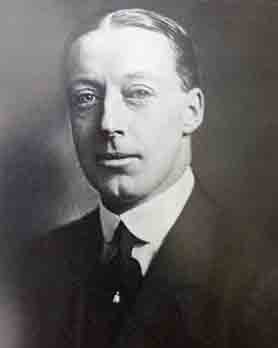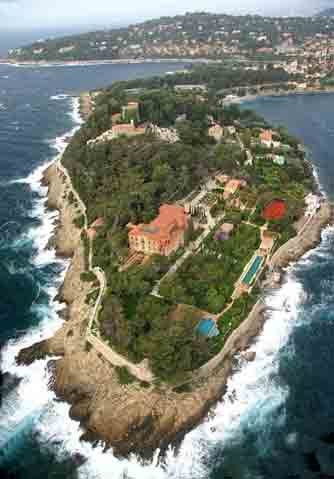
Robert Wainwright (Allen & Unwin isbn 9781911 630845)
A review from Alan Dearling
The umbilical connections between Australia and the UK have always held a fascination for me. I’ve had five periods, or maybe six, living over there, the last was in Brisbane engaged in research based from the Queensland University of Technology. But, during my trips around Oz I’ve mostly spent my time and energies talking to local ‘locals’, learning about the real lives, the music, the arts – from the Australian ‘underbelly’. Occasionally, there’s been an overspill between the bohemian society of the rich and the (in)famous over into areas that interest me. And so it is with this book.
Author, Robert Wainwright, is published by Allen & Unwin, a predominantly Australian publishing house. In the Acknowledgements he describes a dinner party held by his UK publisher, Clare Drysdale. At the dinner, a guest called Andrew Stuart-Robertson asked Robert: “Have you ever heard of Enid Lindeman? She had four husbands who all died and walked a cheetah in Hyde Park on a diamond collar?”
It paints quite an exotic image. This book transports us on a veritable roller-coaster ride through the richest, top echelons of society. Starting out in southern Australia, Enid was born in 1892 on the outskirts of Sydney, the only daughter of the Charles F. Lindeman, she grew up in this famous wine-producing family. With six brothers to share the family wealth, Enid, we are told by Wainwright, had but a single vision, “One goal in life – to marry well.” This book is a testament to her life and the death of her four husbands, amidst a flurry of extravagance, wild living, travel, sometimes unhinged, despicable behaviour and almost unbelievable displays of waste and opulence.
It certainly isn’t an entirely ‘nice’ story. Yet it is wonderfully and excessively ‘over-the-top’. You cannot invent stories like those that interweave through Enid’s epic life.
This is a book review, so I want to convey some of the spirit of Robert Wainwright’s lively book. It’s more ‘Daily Mail’ than ‘Times Literary Supplement’, but it does seem solidly researched. The characters bristle with abundant life, if not always charm. Over-flowing wealth doesn’t begat good behaviour. And Enid lived in the epicentre amongst the richest of the rich. At nearly six feet tall, and strikingly beautiful, she was also a good sportswoman, riding, hunting, golfing, playing tennis, cards and gambling along with the men. But she was also possessed with what Wainwright describes as: “…an ethereal, shining beauty…a vision of perfection.” This book is the story of Enid and the succession of men who were captivated by her. Her first marriage at 21 was to an extremely wealthy, 45 year-old, American businessman, Roderick ‘Rory’ Cameron in 1913. That marriage took her to live in New York City. She had a son, and by the age of 23 was a widow, as Roderick quickly succumbed to cancer. She was also now a multi-millionaire, briefly back in Australia, and then, by 1916 she had procured a US passport for herself and her son named Rory, and was ready to enter ‘Society’ in London, followed by a period organising a private ambulance service in Paris. This was during the First World War!

By the end of that war, Wainwright says she had evolved into a head-turning beauty, “Tall, slim Enid was the perfect clothes horse.” She became friends with the likes of designer, Coco Chanel, Max Aitken (later Lord Beaverbrook) and Lord Derby, who acted as the match-maker for what was an arranged marriage in 1917 between Enid and Lieutenant-Colonel Frederick ‘Caviar Freddy’ Cavendish, the family name of Duke of Devonshire. In reality, Cavendish was married to the army, whilst Enid spent her time travelling between London and Paris, where her son Rory lived mainly with his governess. Life changed again for Enid in 1921 when Enid moved to the exotic world of Cairo where she owned a string of polo horses – the Sahara, the Nile and Pyramids were her giant playground. Indeed, Wainwright tells us that archaeologist, Howard Carter, was somewhat besotted by Enid, and she, along with her son, was one of the first to be invited into the opening of Tutankhamen’s tomb in 1922.
We learn from Wainwright that Enid lived according to an interesting personal ‘code’: “Never be afraid, never be ill (or don’t talk about it), and, above all, never be jealous.” In her marriage with Cavendish she had two more children, Patricia (Pat) and her brother, Caryll. It seems theirs was an ‘open’ marriage. By 1931 Cavendish was dead in Paris of a cerebral haemorrhage.
Now is when the book becomes a lot more interesting – and – messy. There’s also a connection with the Berwickshire borderlands where I’ve lived more than half of my life!
Husband Number Three was to be Marmaduke Furness, born on October 29th 1893 to Christopher Furness, 1st Baron Furness of Grantley, West Riding of Yorkshire. Wainwright describes Marmaduke thus: “Life had been handed to Marmaduke on a plate…he saw out the war in the clubs of London” and his father who was a shipping magnate, a self-made millionaire, “…had no faith in the young man’s ability to run anything but a fox hunt.” Wainwright tells us that Marmaduke, “…became one of world’s richest men, thanks to the industriousness of his father and the dubious fortunes of war.”
Enid certainly didn’t marry for money, having accumulated an enormous fortune of her own, but Marmaduke lavished eye-watering gifts on his new wife. He’d already outlived one wife, Daisy Hogg, and divorced a second, Thelma Morgan, who had what Wainwright calls “a fling” with the Edward, the Prince of Wales. It was Thelma who introduced the future King Edward VIII to the American divorcee, Mrs Wallis Simpson. Marmaduke went wooing Enid before he was divorced, and married her three days after the decree nisi from Thelma. Enid said of him, “Of all the men who loved me, and some were as rich as Duke (as he called himself), only he laid the world at my feet.” Indeed. Her honeymoon was spent at the Duke’s personal hunting lodge in Kenya where he had a dozen Rolls-Royces, each with two chauffeurs and a champagne bar. Wainwright says, “The staff were dressed in the Furness colours – yellow cotton robes called kanzus and wide, plum-coloured cummerbunds and fezzes.”

Shooting party at Grantley Hall in 1902. Sir Christopher Furness is at far right and his son Marmaduke (aged 19) is the third from the right
Another of Marmaduke’s little presents to his wife Enid for her 45th birthday was a £15,000 Locheed Electra aircraft. Complete with four armchairs and a cocktail bar! However, wealth doesn’t guarantee happiness or health. By 1937, Wainwright suggests that Marmaduke had, “…descended into a darkening world, self-medicated by drugs and alcohol.” Adding that, “…the romance and adulation with his wife had now become skewed into an almost constant jealous rage.” This culminated in May 1937, with Marmaduke returning to his ex-wife Thelma, and Enid headed off on the Queen Mary liner to the USA and Canada. They did get back together – and bought a summer palace on the Med – La Fiorentina – certainly one of the most expensive properties in the world at that time. In 2014 it sold for US$525 million!

Wainwright tells us that, “Marmaduke Furness called himself Duke and expected to be treated like one, a tyrant who demanded freshly ironed shoelaces each day.”
Marmaduke Furness died in 1940. His family name continues. And here’s the local connection to where I live in Eyemouth in the Scottish borders. The Furness family is still something of an institution across the Berwickshire community. Marmaduke’s grandparents, John and Averill Furness were the great-grandparents of Simon Furness and the great-great grandparents of Francis Furness who both live at the Netherbyres Estate in Eyemouth.

Wainwright’s account of Enid’s life is certainly a lively read. After Marmaduke’s demise we are told that: “Enid was changing men as casually as she might switch handbags or nightwear, which had always been her habit.” Wainwright has a way with words – not always in a complimentary manner. He heralds the new husband-to-be in Enid’s life, thus: Valentine Castlerose, a well-known Beaverbrook journalist, “…(had) a larger-than-life persona, now matched by his physical size. Fed by a hedonistic lifestyle, his weight had ballooned to over 300 pounds; this prompted cruel stories, including that he had once sat on the family dog and killed it.” He had a title as sixth Earl of Kenmare, which was another step up the British peerage ladder for the ever-aspiring Enid. However, at the time of their marriage in 1942 they were both facing financial problems. He had debts and she was facing difficulties over the settlement of the Furness estate. But, the overweight Valentine only lasted a year and died in 1943 of a heart attack. Meanwhile, Enid was what Wainwright calls, “…a penniless millionaire.”
Much of the remainder of the book comes over as something of anti-climax. The Furness estate took six years to be settled. Enid ended up with US$10 million. World War Two had intervened in everyone’s lives including Enid’s and the island containing La Fiorentina was badly damaged. Enid lavished much time and effort on its rebuilding and over the years spent time back in Australia, in addition to travelling with her son Rory, especially in Africa. The Mediterranean ‘palace’ became a must-visit destination for A-List celebs and royalty. She also embarked on a new career with Beryl Markham as a race horse owner. Enid adopted the habit of having her pet meerkat perched on her shoulder at race meetings! Enid died in 1973, three days short of her 81st birthday. Robert Wainwright has made her life live on in readers’ minds.
Enid had led quite a life.
The Peerage website: https://www.thepeerage.com/

This is a captivating review which I thought first to just glance at and then it grabbed me and I read every word.
Comment by Edward P Johnston on 19 September, 2020 at 8:38 pmUtterly remarkable and a totally new bit of history I’d never imagined. Thanks so much Mr. Dearling.